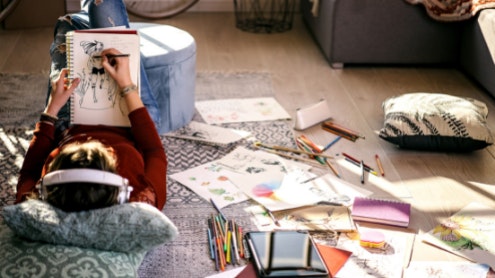Homepage
•
Learning Library
•
Blog
•
Help Students Develop a Creativity Mindset
Expand breadcrumbs
Expand breadcrumbs
- Learning Library
- Blog
- Help Students Develop a Creativity Mindset
- Homepage
- •
- Learning Library
- •
- Blog
- •
- Help Students Develop a Creativity Mindset
Help Students Develop a Creativity Mindset
By Julie Randles
October 10, 2021








